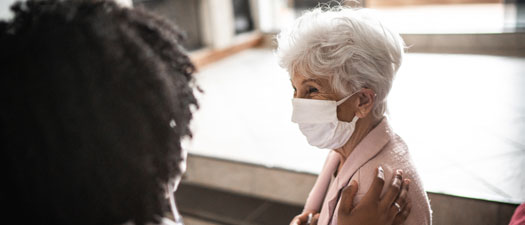Mohs surgery
——
Mohs surgery is the most effective technique for treating common skin cancers.
Mohs surgery is a precise surgical technique used to treat different types of skin cancer. In many cases, it offers the lowest recurrence rate of any skin cancer treatment. It also offers the highest chance of a complete cure — up to 99%.
Mohs surgery is an outpatient procedure. It’s done in stages, all in one visit, while you wait. The Polyclinic has several dermatologic surgeons with advanced training in this technique. They’ve done thousands of Mohs and other skin cancer surgeries.
Appointment information
Please contact your insurance company to see if you need authorization or a referral for Mohs surgery. If your insurance company doesn’t cover the surgery, you may be responsible for payment.
To schedule a consultation or for answers to general questions, call 1-206-860-5595. If you’ve scheduled a Mohs surgery and need to cancel or reschedule, call us as soon as possible. It will be important to reschedule the surgery or see a doctor for your skin cancer.
About Mohs surgery
-
OR
-
OR
-
OR
-
OR
-
OR
-
OR
-
OR
-
OR
Types of skin cancer
-
OR
-
OR
-
OR
-
OR
Helpful resources
——

Health and wellness
Looking for ways to feel your best? Check out our wellness library and community events.


